Bentley Speed 8: The Comprehensive Story of Bentley’s Last Le Mans Winner
by Andrew Cotton

“The focus instead changed to developing a new chassis, and eventually that evolved into the car that spearheaded the relaunch of the Bentley brand at the Le Mans 24-hour endurance race. However, behind the scenes was a plethora of stories that can now be told for the first time, such as how the programme came about, the setbacks, the personal rivalries within the project, the successes and the failures along the way, as well as disproving the often-repeated mistake in claiming that the Speed 8 was an Audi with a roof.”
Thinking back on the media coverage in period it really is remarkable/lamentable how hasty the talking heads were, not least because they were still deeply in that snickering doom and gloom mode following the 1998 sale of this iconic British automaker to a German firm. That firm was the Volkswagen Group, and they did own Audi, and Audi had pocketed 3 Le Mans wins in a row, and the Speed 8 did have an engine developed by Audi Sport, and of course there was a sharing of resources, suppliers, and knowledge. But the Bentley was an all-new, exclusive design and, if anything, its innovations (cf. the lightweight chassis, front suspension) crossed over to Audi’s R10 TDI later. So there.
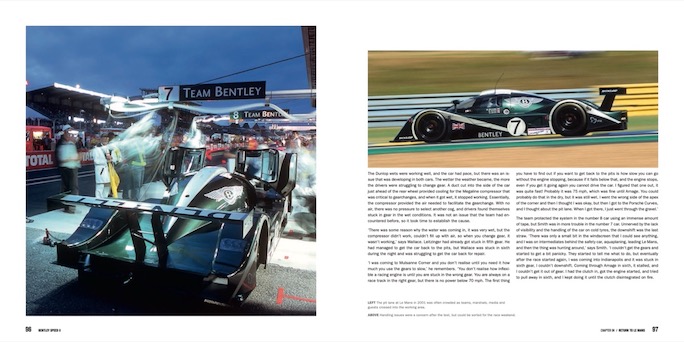
Another factor that must have fueled the media’s eagerness to diss Bentley was Group Chairman Ferdinand Karl Piëch’s audacious if not arrogant pronouncement that his new Bentley would finish Le Mans on its first attempt, be on the podium the second year, and win outright the third. And then retire, with nothing left to prove. Yeah, right.
But that’s exactly how it went. And nothing about it was easy, and so this book is not an easy read, not that that’s anything one should want or expect from a serious historical/technical—and already award-winning—book. That it comes out in 2023 is no coincidence: it’s 20 years after that 2003 win and 1-2 finish and, as importantly, it’s the centenary of Bentley’s first appearance at Le Mans, which was of course also the first-ever running of the race, with Bentley setting fastest lap. That Bentley would go on to rack up five wins 1924–30 is the stuff of legend, and obviously why the marque’s new owner, VW, saw the spectacular branding opportunities in latching on to that history, not just as a neat talking point but to actually repeat it and thereby give their new Bentley road cars a leg up in life.
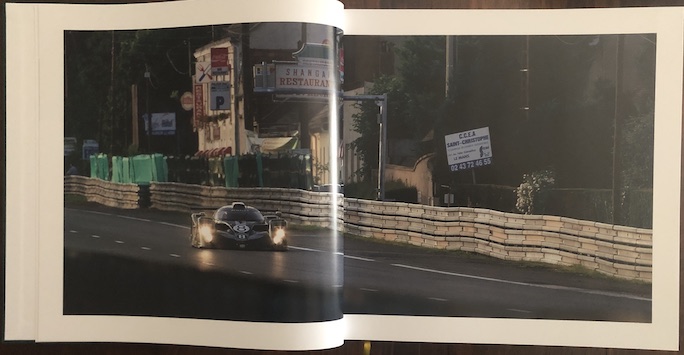
A quintessential Le Mans scene.
A quick thumb-through right away gives the impression that care went into the making of this weighty book: the photos positively pop and the paper is premium grade with a fingerprint-resistant coating. If you actually go on to read the book (yes, sounds odd, but some collectors don’t even take the shrink-wrap off . . . ) you will find your head spinning from the onslaught of detail. Just about every paragraph begs to be reread several times to take it all in (there is no Index). Cotton is editor of RaceCar Engineering magazine which has, as the name would imply, a very technical bent which is really the dominant note in this book. He has covered GT and endurance racing since 1995 and worked for various series so he is on firm ground with the operational side as well.
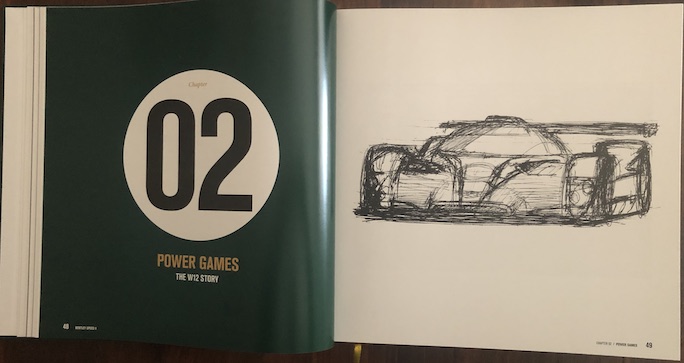
Clever chapter title: Power Games here does not or not only refer to nominal engine output/performance.
The opening quote above includes the words “told for the first time” and Bentley CEO Adrian Hallmark (since 2017, after holding a number of management positions at Bentley and before that VW and Porsche) writes in his Foreword that Cotton was given “unprecedented access” so as to be able to produce an “unrivalled account.” Well, there really is no other Speed 8 book of this scope, and it is double the size of motorsport journalist Ian Bamsey’s fine 2004 book Bentley at Le Mans (ISBN 978-0953352418) which also had unrestricted access to Bentley archives and personnel, especially chief designer Peter Elleray and engine designer Ulrich Baretzky, but was too close in time to the events to develop deep background. Moreover, Cotton brings the current status of the 11 race cars up to date, specifically the highly unusual development of privateer Shaun Lynn acquiring from the factory several Speed 8s (plus spare parts) and campaigning them in classic racing.
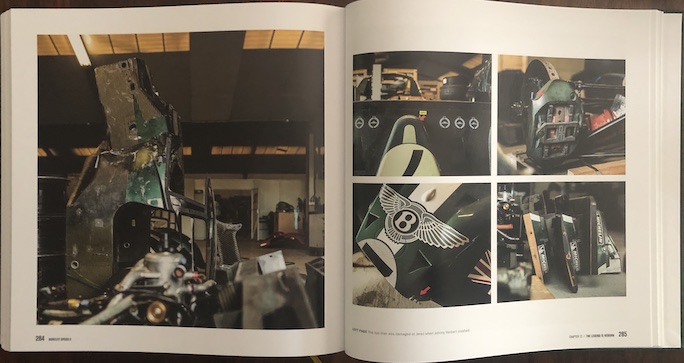
Aladdin’s Cave! These are a few of the spares Shaun Lynn bought from Bentley for his race cars.
You may not give a hoot about Bentley as a maker of luxury road cars but that aspect of the story is crucial for understanding the marketing pressure on Bentley, especially in the context of the public’s perception of an archly British firm having “fallen” into the hands of the erstwhile enemy that had once laid waste to the county, to prove to the world that the Germans could build a better but still quintessentially British car. Everything from engineering decisions to staffing has to be seen through that lens, and it’s all woven into the dense tapestry laid out here.
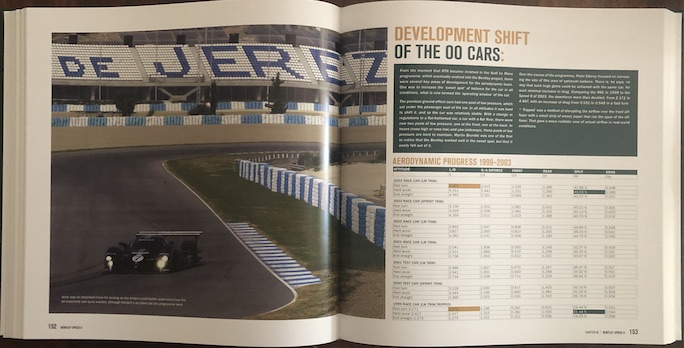
Chassis histories for each car.
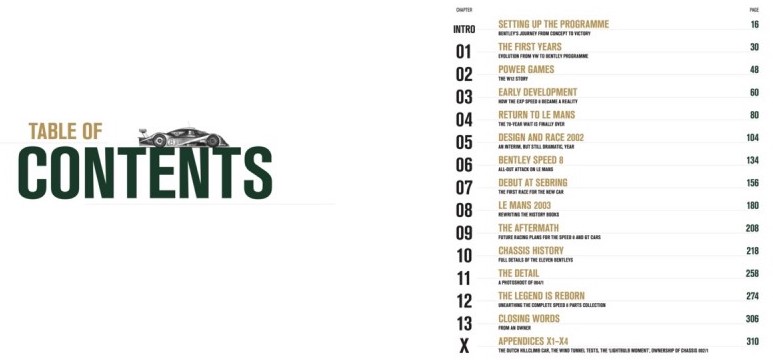
After a few remarks about the racing Bentleys of old the story shifts straight to the modern-era development program for the new Bentley race car, including a good summation of the Audi racing activities and its partners and suppliers, all of which will play a role in the EXP Speed 8 program. Readers who followed that program in period will probably have some recalibrating to do, not least (see above) because the press coverage in the day was spotty. No surprise, Bentley’s own press releases left out the bits that didn’t help their cause, such as Piëch initially pushing a W12 engine, which he expected to see used in the brand-new road car (an idea that apparently had not even been run by that team; and originally slated for a VW-branded race car that never happened). Then there is the long-forgotten fact that the Speed 8 program really was intended to continue past 2003 but that its very success lead to its cancellation because all of a sudden the stakes were too high to risk failure at a future event eroding the PR gains. The amount of data points you’ll need to stitch into your existing motorsports map of the world seems daunting.

Another factor unique to this era: 2D and paper give way to 3D CAD design: “no smooth transition.”
Even considering that about half the book is populated with photos, the level of detail presented in the text is simply enormous. Not every reader will have hyper-specialized needs but if you do, everything you need to know is here but you have to crank your attention span to max. Needless to say, motorsports historians will realize that the 1990s resurgence in GT racing, and the high-speed flips suffered by several makers in 1998–2000 prototype racing are uniquely relevant to the Speed 8 specs; all is discussed here.
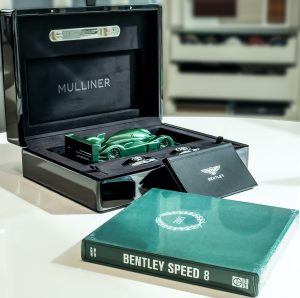 Book collectors need to know that the standard version is called the Limited Edition which is a numbered run of 550 (the number and place in the run are on a holographic sticker) bound in cloth. Then there’s the Collector’s Edition of 88 copies autographed by Mark Blundell, David Brabham, Rinaldo Capello, Johnny Herbert, Tom Kristensen and Guy Smith, also in cloth, with a gold wreath on the slipcase, $575/€495; and lastly the Publisher’s Edition of 8 (already sold out), autographed as above, bound in leather, with an embossed wreath and in decorative collector’s box, $975/€895. And then . . . there’s an extra-extra special version with a silver 2003 wreath on the front (right) that you cannot buy per se: Bentley Motors gave it, along with several bespoke freebies, to purchasers of the 48 limited edition 2023 Bentley Continental GT or GTC Le Mans Collection cars.
Book collectors need to know that the standard version is called the Limited Edition which is a numbered run of 550 (the number and place in the run are on a holographic sticker) bound in cloth. Then there’s the Collector’s Edition of 88 copies autographed by Mark Blundell, David Brabham, Rinaldo Capello, Johnny Herbert, Tom Kristensen and Guy Smith, also in cloth, with a gold wreath on the slipcase, $575/€495; and lastly the Publisher’s Edition of 8 (already sold out), autographed as above, bound in leather, with an embossed wreath and in decorative collector’s box, $975/€895. And then . . . there’s an extra-extra special version with a silver 2003 wreath on the front (right) that you cannot buy per se: Bentley Motors gave it, along with several bespoke freebies, to purchasers of the 48 limited edition 2023 Bentley Continental GT or GTC Le Mans Collection cars.
Won the 2023 RAC Motorsport of the Year award in the “No Price Limit” category.
- Considering that this book had Bentley’s eyes on it, here’s a puzzler. It would be overzealous to make a fuss about it: Page 21 says “the company was taken over by Rolls-Royce in 1931 and remained in their ownership until Bentley was sold in 1970,” which reads as if Bentley got a new owner in 1970. At best, this is unfortunate wording, possibly a misreading of the Feb. 1971 bankruptcy declaration by Rolls-Royce Limited that resulted in nationalization. Also, the statement is in conflict with one a few pages earlier where Bentley CEO Adrian Hallmark, correctly, writes “in 1998 . . . [Bentley] was being prepared for the imminent separation from Rolls-Royce,” an outcome forced upon VW which had bought both marques from Vickers at auction.
Copyright 2023, Sabu Advani (speedreaders.info).


 RSS Feed - Comments
RSS Feed - Comments








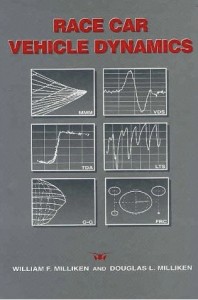





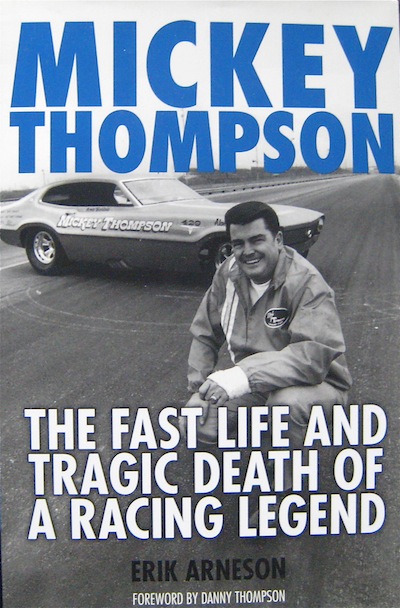

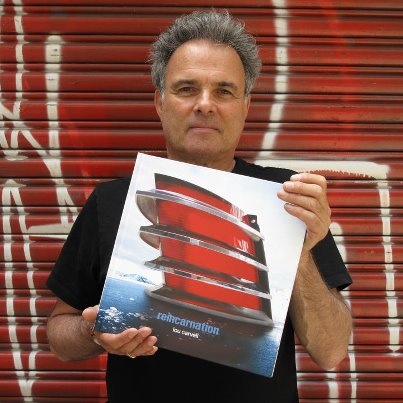
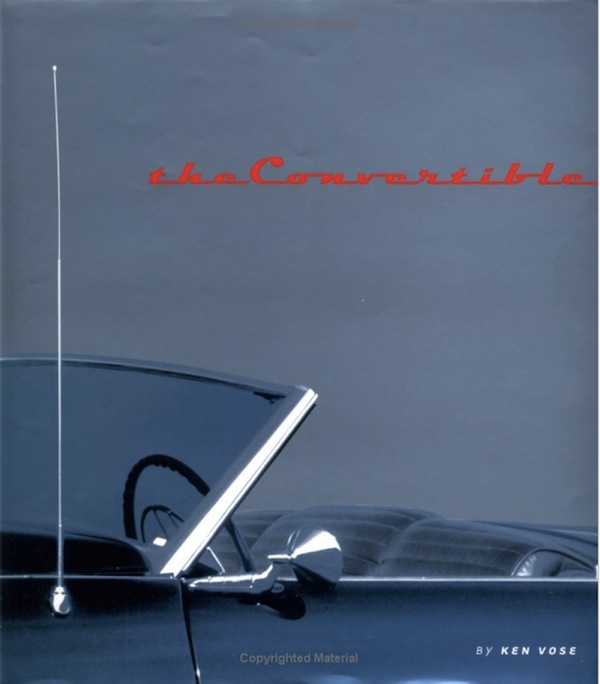

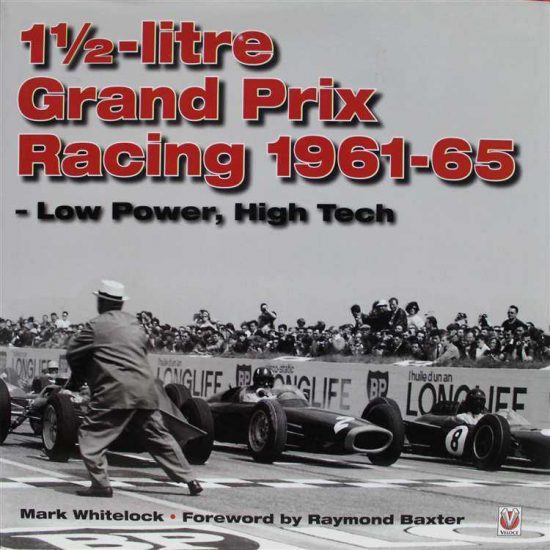




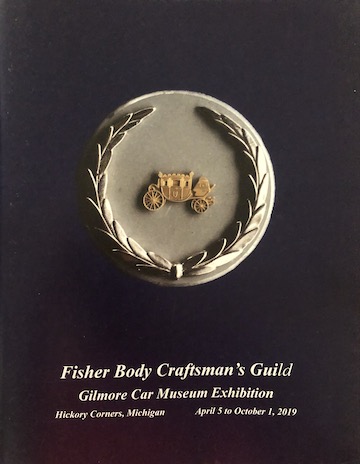




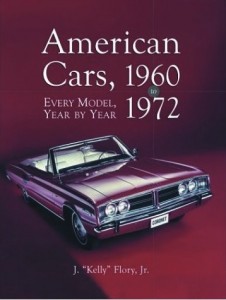
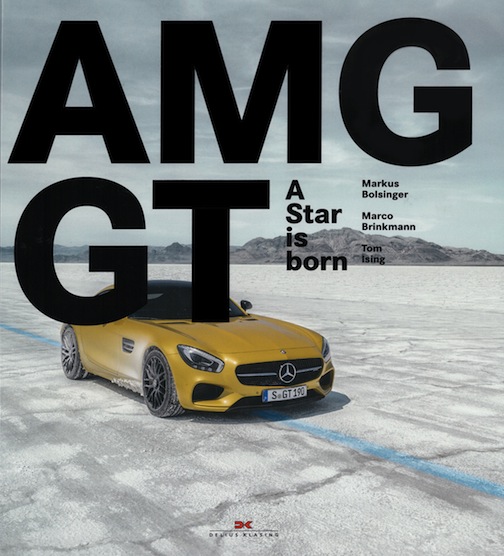
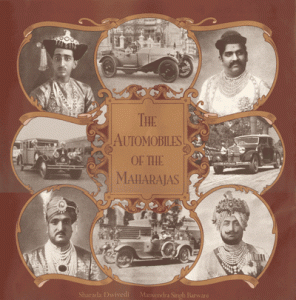



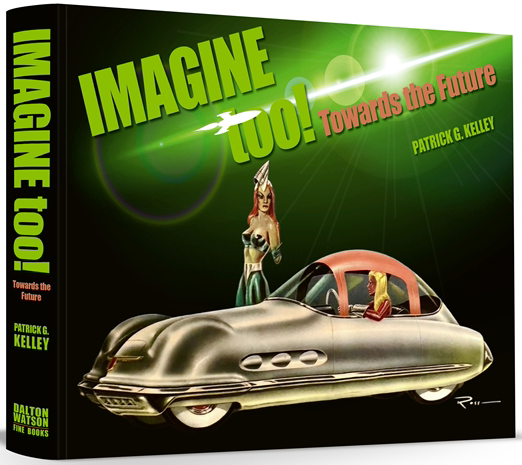











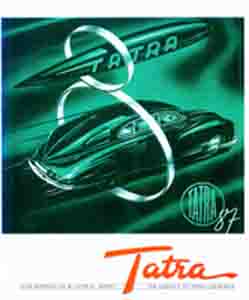


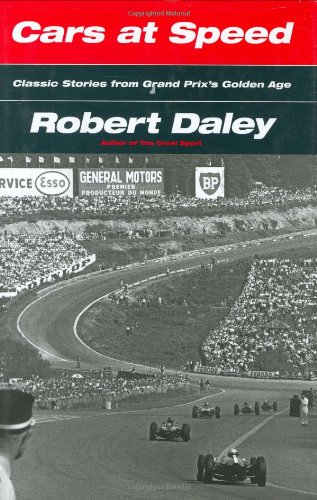
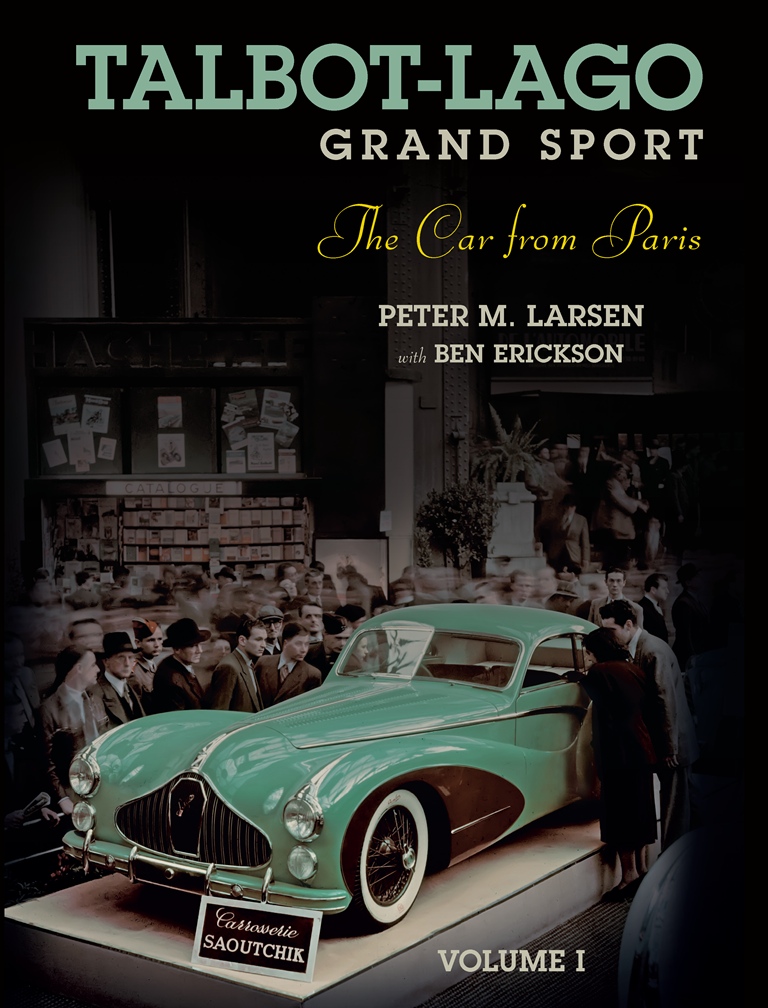

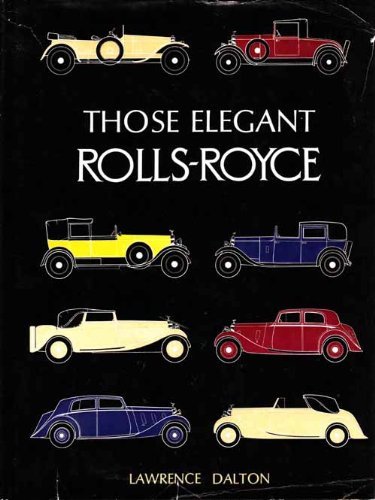




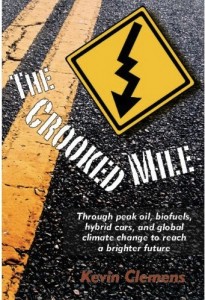




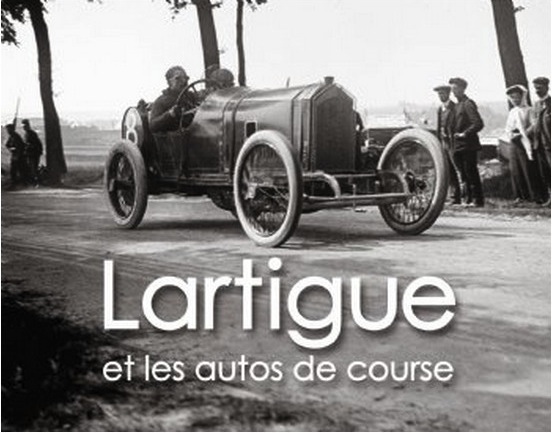
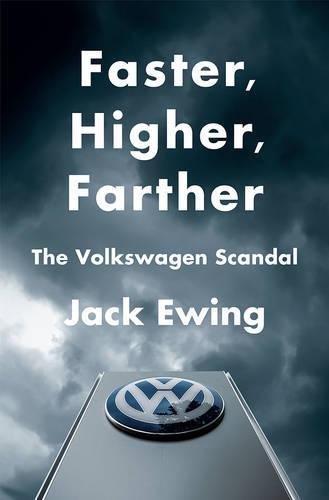





 Phone / Mail / Email
Phone / Mail / Email RSS Feed
RSS Feed Facebook
Facebook Twitter
Twitter